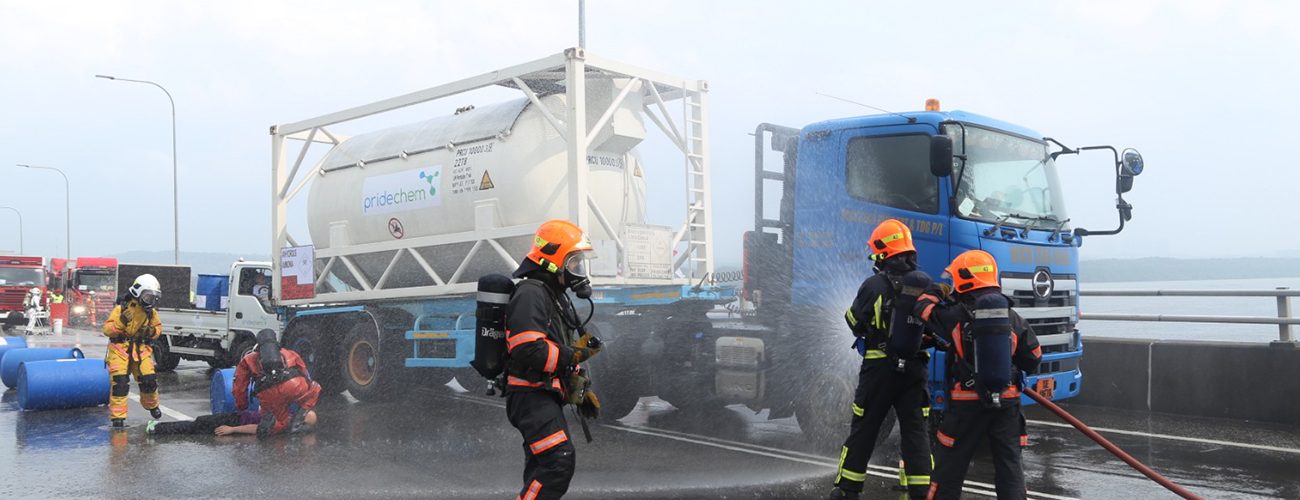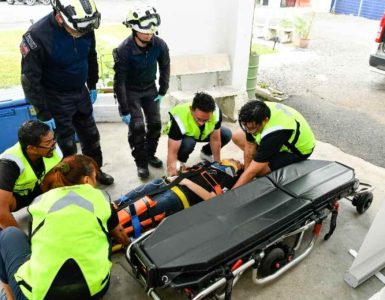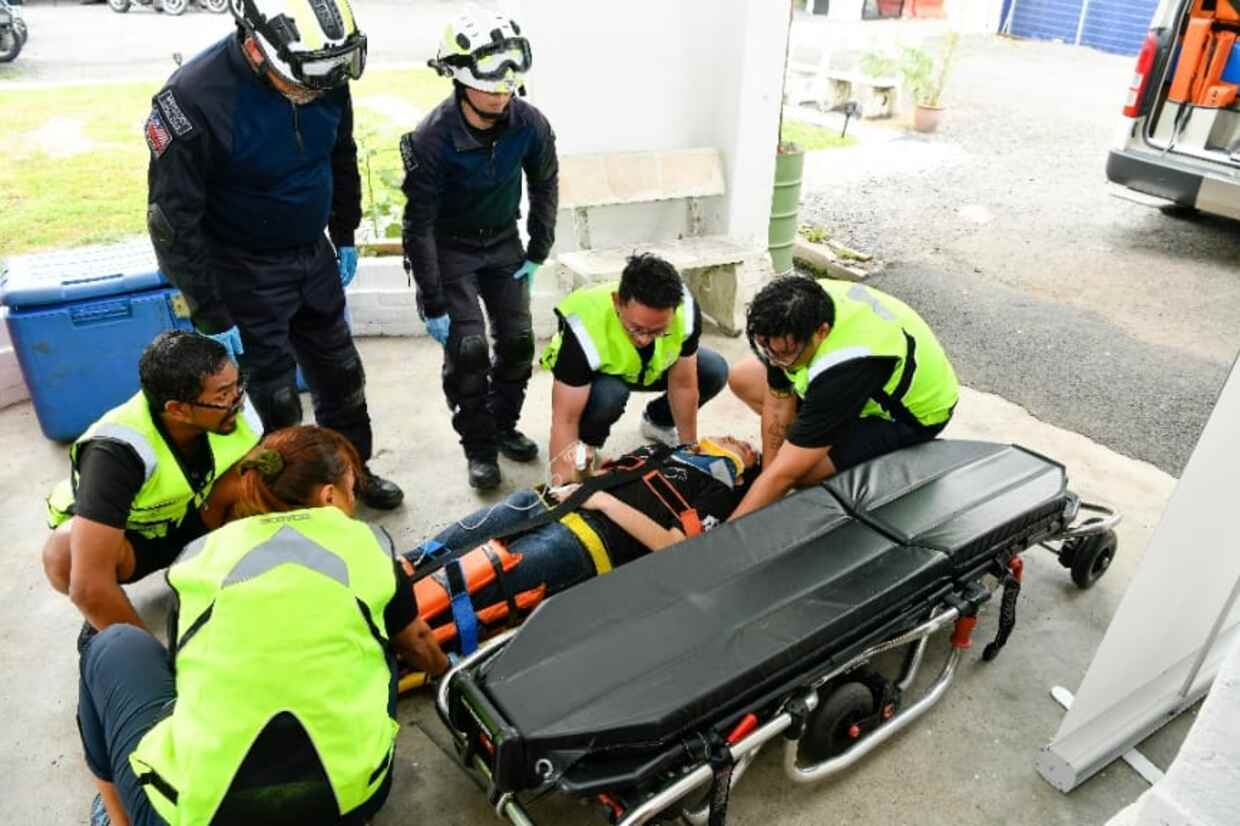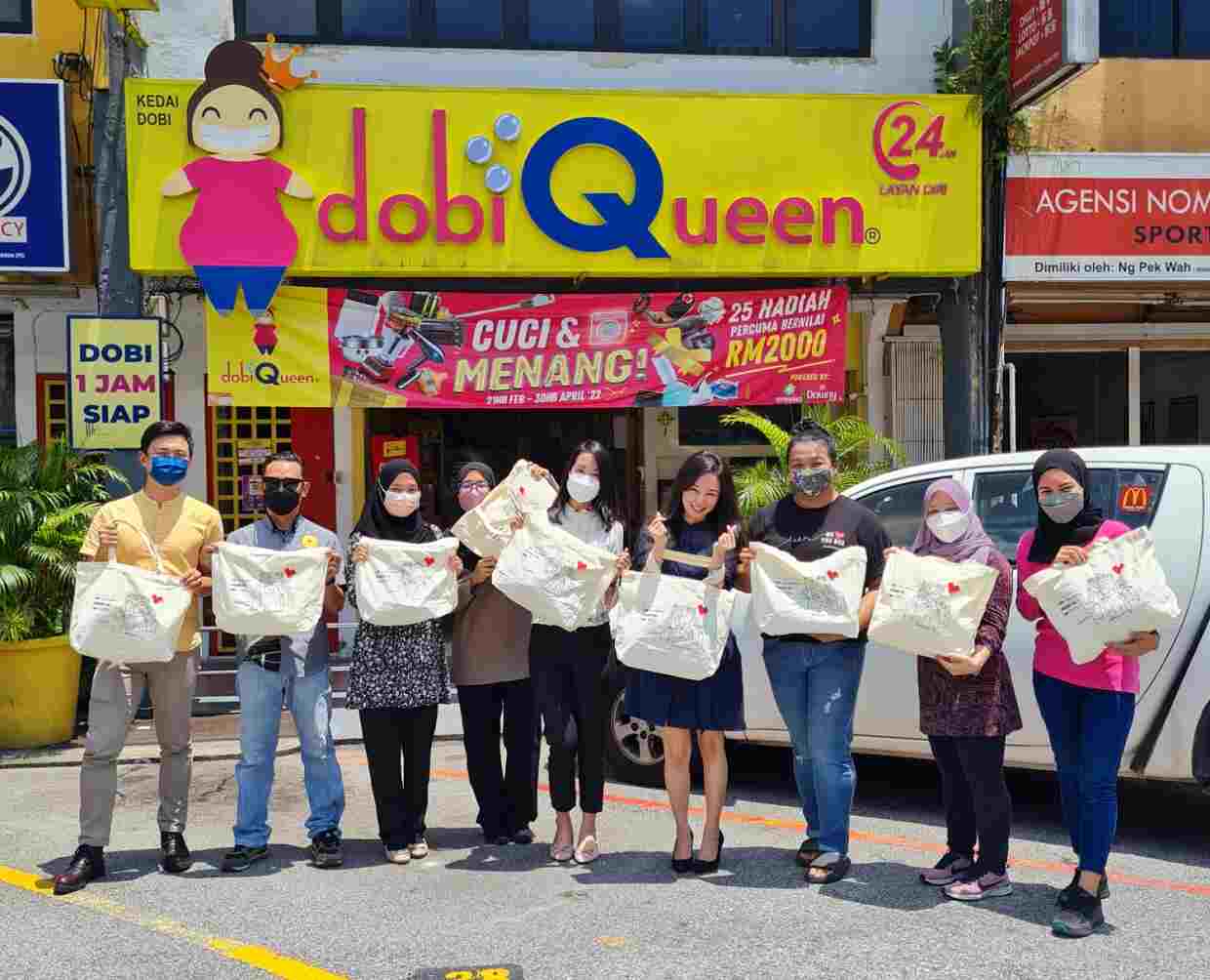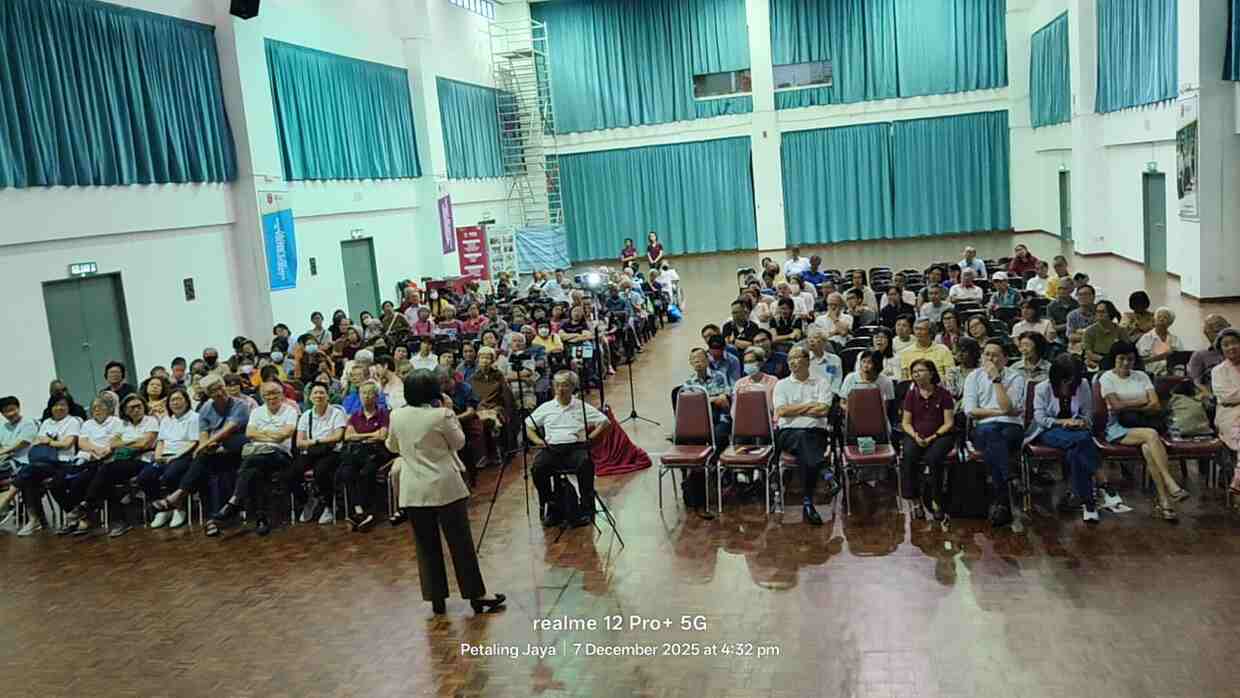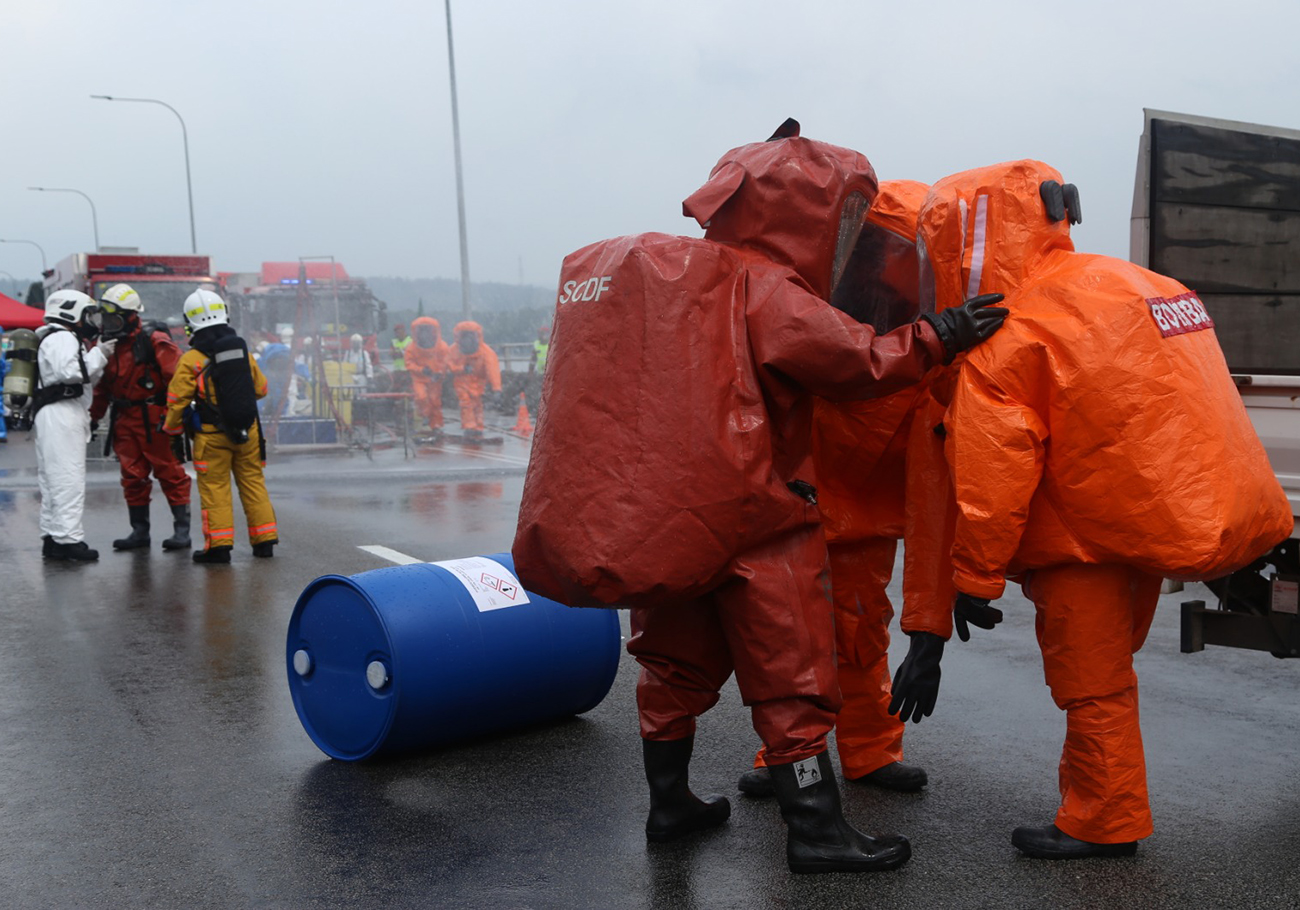
An upcoming bilateral chemical spill emergency exercise at the Tuas Second Link is set to cause traffic diversions and simulate a hazardous situation involving a lorry carrying chemicals.
The National Environment Agency (NEA) in collaboration with Malaysia’s Department of Environment and other agencies will conduct the exercise on July 26 from 6 am to 2 pm. During this timeframe, motorists should anticipate diversions and follow instructions from traffic marshals stationed at the site.
The drill aims to test the effectiveness of the chemical spill Emergency Response Plan jointly developed by the NEA and DOE. Commuters are advised to avoid the Tuas Second Link during the exercise and tune in to Singapore radio stations for traffic updates.
Chemical spill emergency exercise on Tuas Second Link
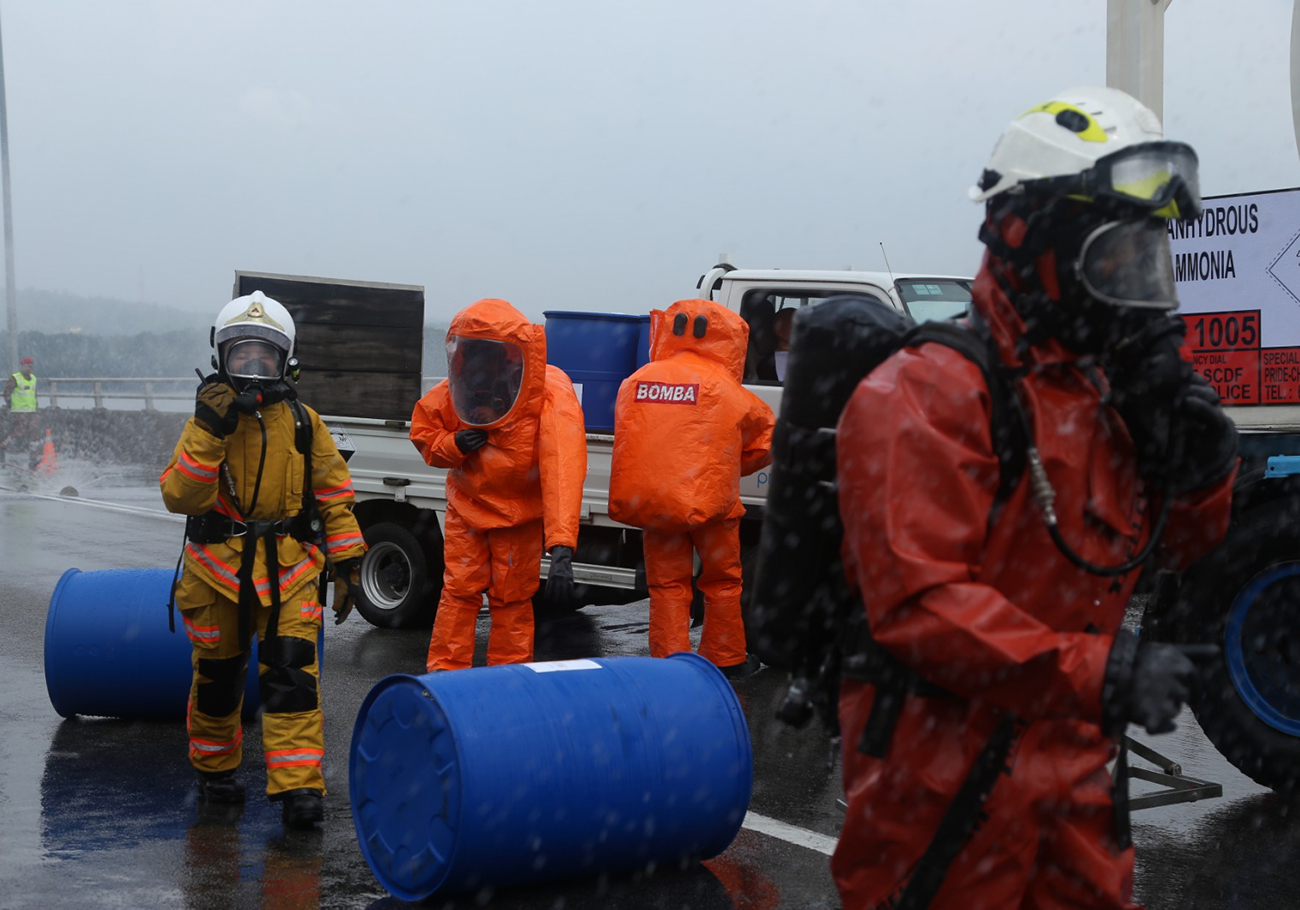
A similar exercise was conducted in 2019 by Singapore’s National Environment Agency (NEA) in collaboration with Malaysia’s Department of Environment and other agencies.
In this staged emergency, ammonia hydroxide from a hazardous chemical tanker will start leaking after a minibus collides with it, leading to the minibus driver and passengers being trapped.
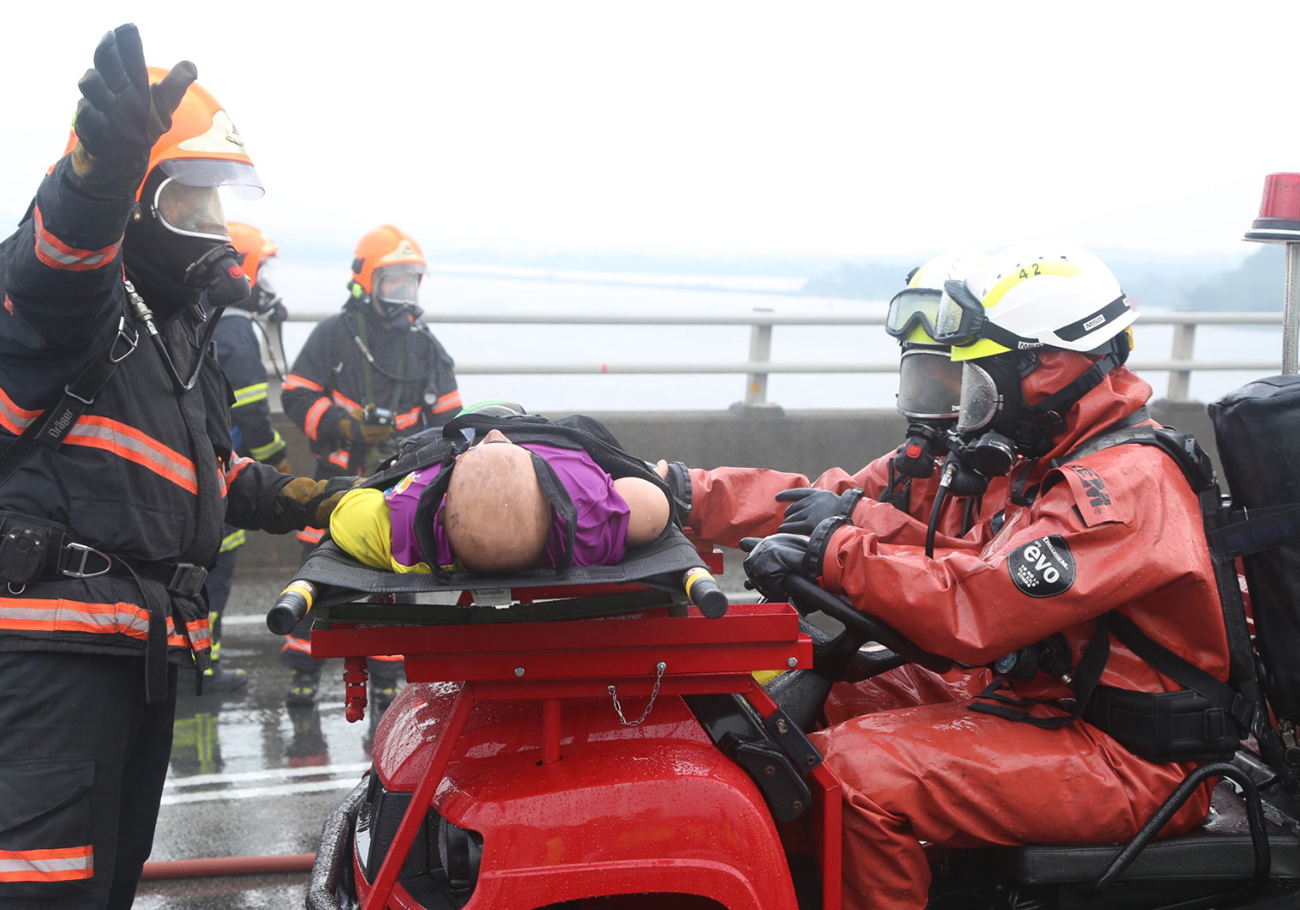
The incident escalates as a lorry carrying drums of hydrochloric acid swerves to avoid the collision, causing four corrosive acid drums to roll off the vehicle. Disturbingly, two of these drums fall overboard onto a boat beneath the Tuas Second Link, leading to a major chemical spill emergency.
As the drums leak profusely, acid fumes spread around the accident area, posing a significant threat. Additionally, a car collides into the lorry, leaving the conscious driver with severe head injuries and trapped inside the vehicle.
Strengthening emergency response capabilities

The joint statement released by the NEA and DOE emphasizes the importance of this chemical spill emergency exercise. Approximately more than 100,000 tonnes of hazardous chemicals are transported annually between Malaysia and Singapore via the Tuas Second Link.
While no accidents involving hazardous chemicals on the Second Link have occurred, conducting such exercises is crucial to enhance the capabilities of emergency response agencies.
The drill provides a valuable opportunity for the involved agencies to practice and fine-tune their Emergency Response Plan for chemical spills.
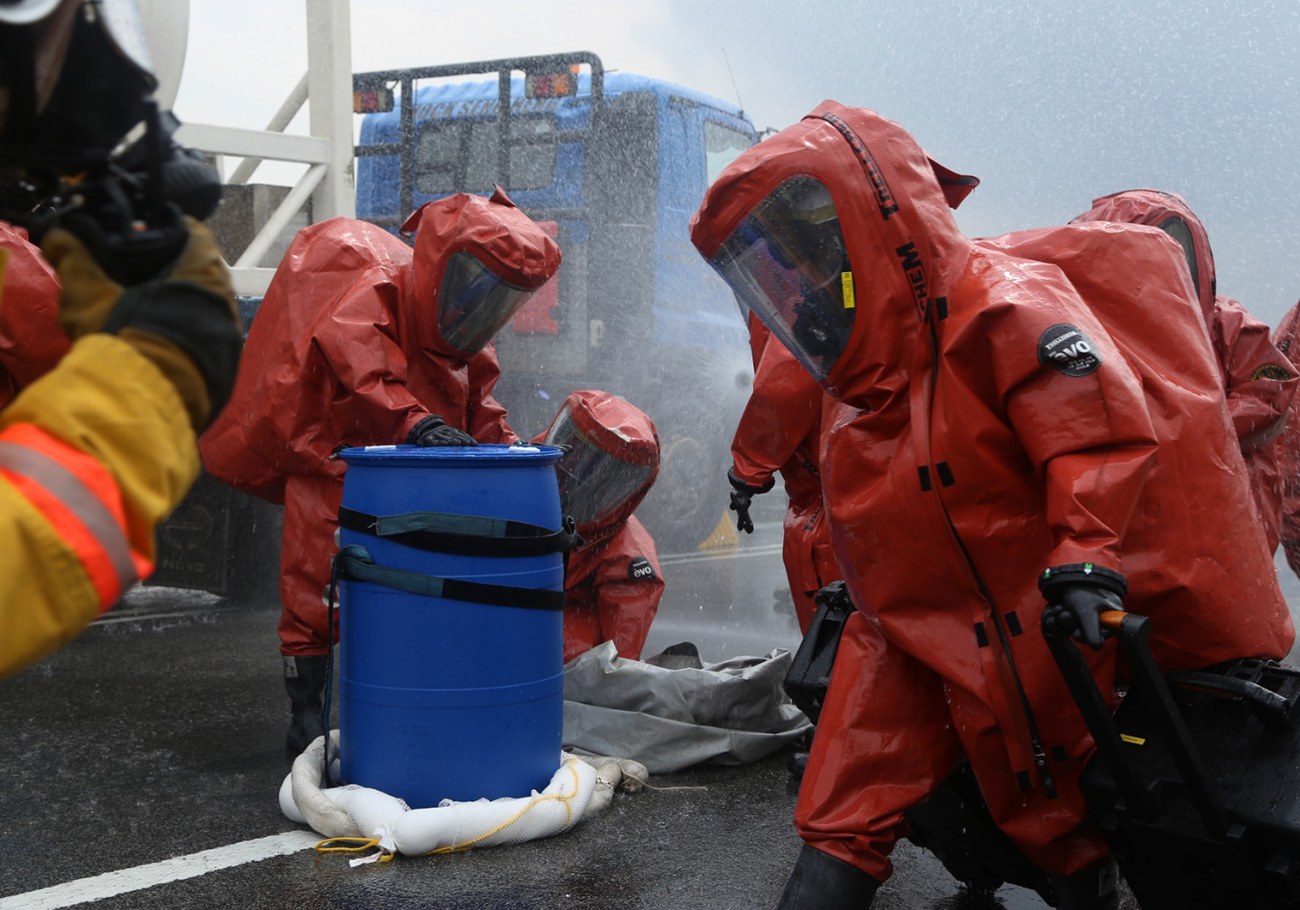
By simulating real-life scenarios, they can identify potential challenges, assess their readiness, and ensure they can effectively safeguard commuters and the environment in the event of an actual chemical spill emergency.
While the exercise may cause temporary inconvenience, it plays a pivotal role in safeguarding commuters and the environment in the event of an actual chemical spill emergency. The NEA advises motorists to avoid the Tuas Second Link during the exercise and stay informed through Singapore radio stations for any traffic announcements.


